There is a very small part of North London that has a railway station named after it, and that festive area is called Turkey Street.
Now, as it happens, it’s not a turkey as we understand it today, but more of that later.
The railway station is a recent addition to TfL’s growing collection of overground lines, but has had a rather chequered history.
Opened in 1891 on a new railway line running from Edmonton to Cheshunt, it saw increasing competition from the arrival of the trams, and passenger services ceased less than 20 years after it opened, although freight continued to use the line.
The station itself was was originally called Forty Hill, after the nearby mansion of the same name, and had a small brick station masters house and ticket office, with stairs leading up to the platforms.
The railway runs over the Turkey Brook and when originally opened, the name of the station, Forty Hall was painted onto the railway bridge running across the road.
However, the station closed in 1909 and, apart from a short burst of use during WW1 for local munitions factories, it was left to run down until passenger services returned in 1960.
In the 1980’s, the old station master house was removed, and a rather uninspiring steel canopy was installed. The old ticket hall was on the other side of the tracks, and that is now a shop, so the ticket office was swapped around. Last May, the service was taken over by London Overground, and at the moment, they are busy rebuilding the site for a new canopy for commuters.
Up at the platform level, it’s a bland, rather windswept two platforms with little of note to recommend it.
I suspect that on very wet days, commuters may be huddled in the tunnel that runs underneath the railway line and links up the two platforms.
What is charming though are a series of wooden blocks outside the station, which have the look of having been decorated by school children and have drawings, and memories of the area carved into them.
The name of the station though is what probably stands out in this festive season, and why is it called Turkey Street?
Well, it’s sadly nothing to do with the bird, but probably, as in most English names, a slow corruption over the years from something else.
The original name may have been ‘Tuckey Street’, as a John Tuckey held land here in the reign of Richard II . In 1695, however, the name was shown in Camden’s Britannia as ‘Tuttle Street’
It was back as Tuckey Street on Cary’s Map of Middlesex (1789), while the OS map of 1890 referred to the whole area as Turkey Street.
So, nothing to do with Christmas Lunch, but curiously, the turkey bird is also not really a specific type of bird. Or at least, it never used to be.
The original turkey bird was probably a type of guineafowl being imported into Europe by turkish traders. As it was an exotic bird, it gained the name of a turkey bird, and all exotic birds were called turkeys.
When the American turkey was discovered by Europeans, it’s thought that as it was also rather exotic looking, it should also be a Turkish bird.
To Brits, all edible exotic birds were Turkish, and while we tend today to eat one specific type of bird called a Turkey, for a while, anything fancy would do.
And to conclude, within the Turkey Street political ward, the area contained 1,200 people who spoke Turkish.
Which is most apt for an area that has nothing whatsoever to do with Turkey.

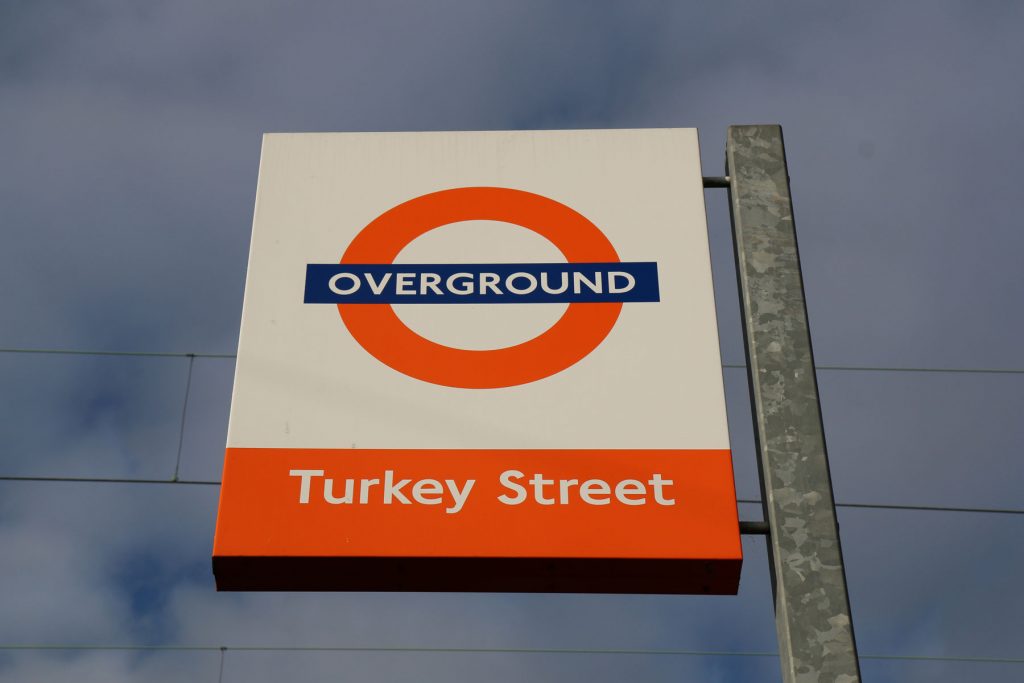
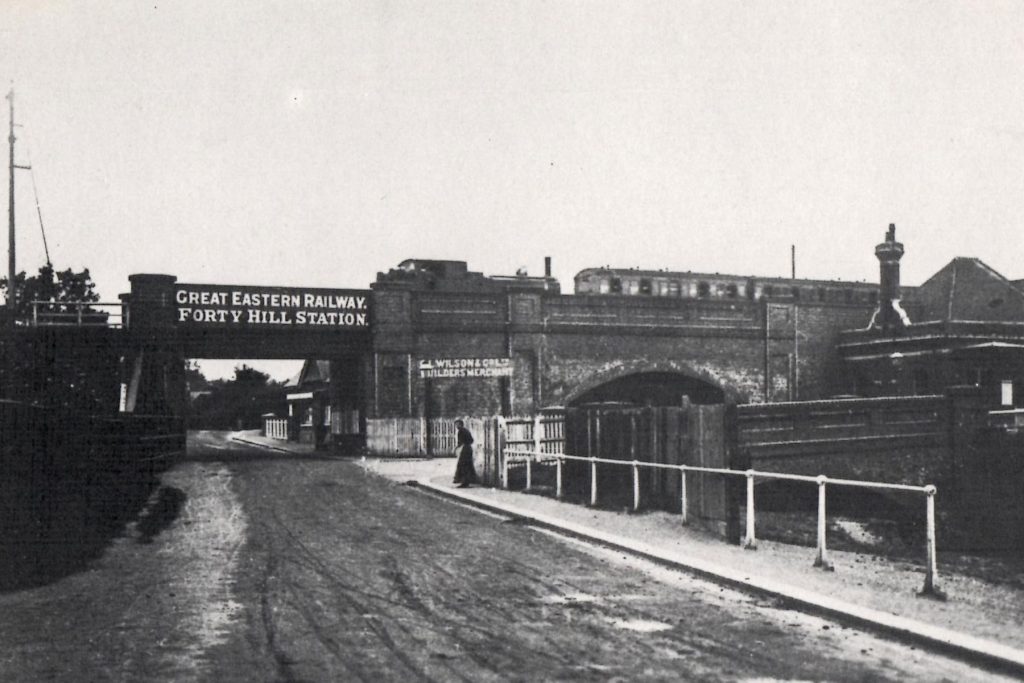
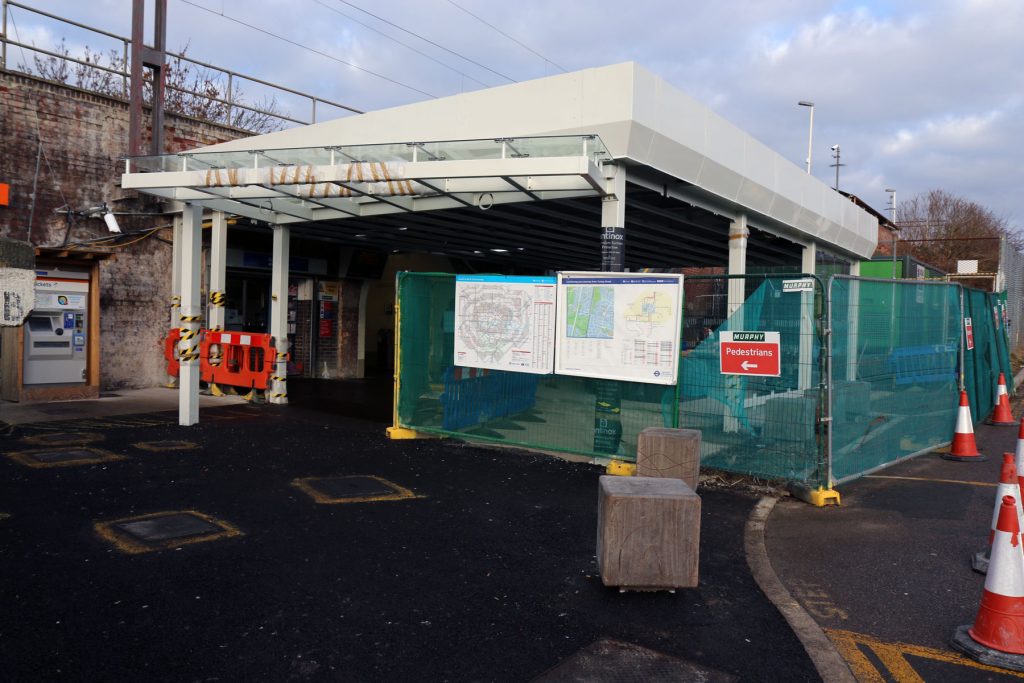
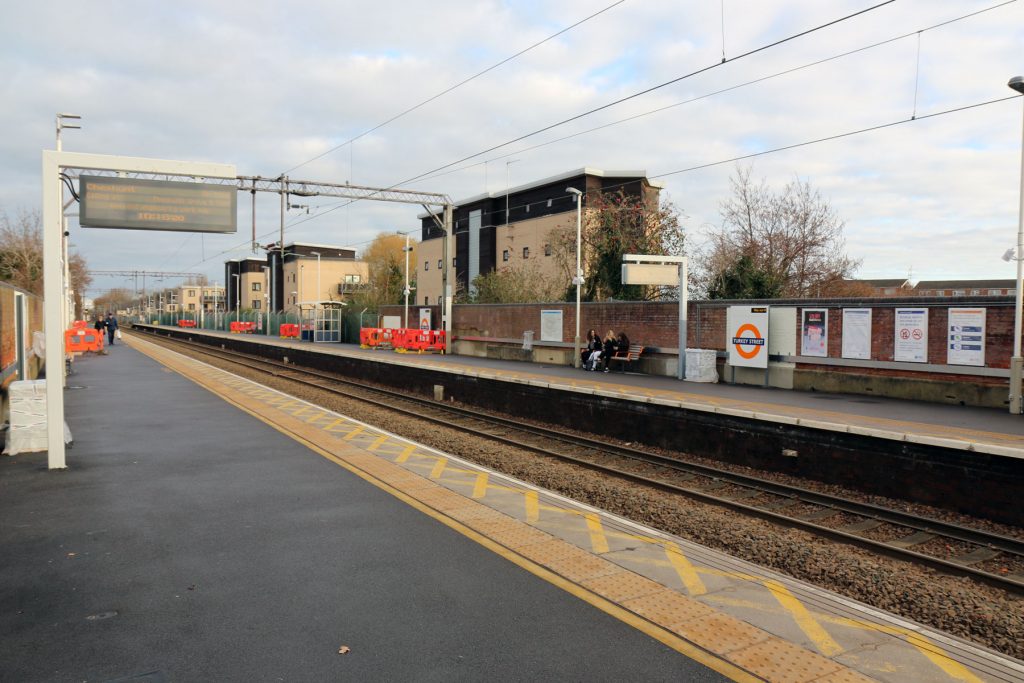
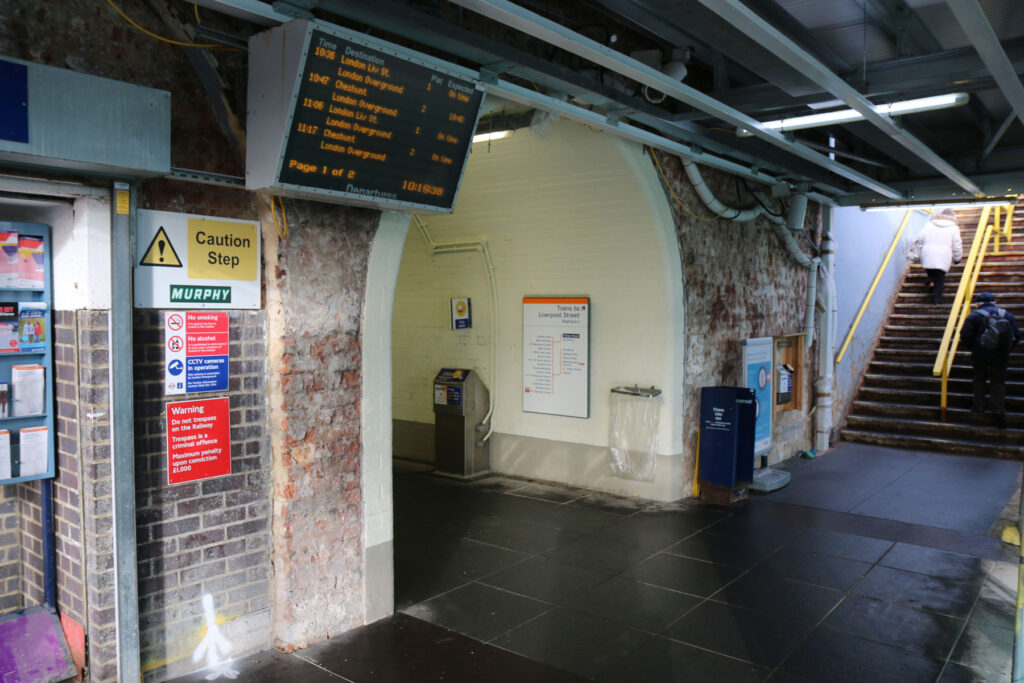
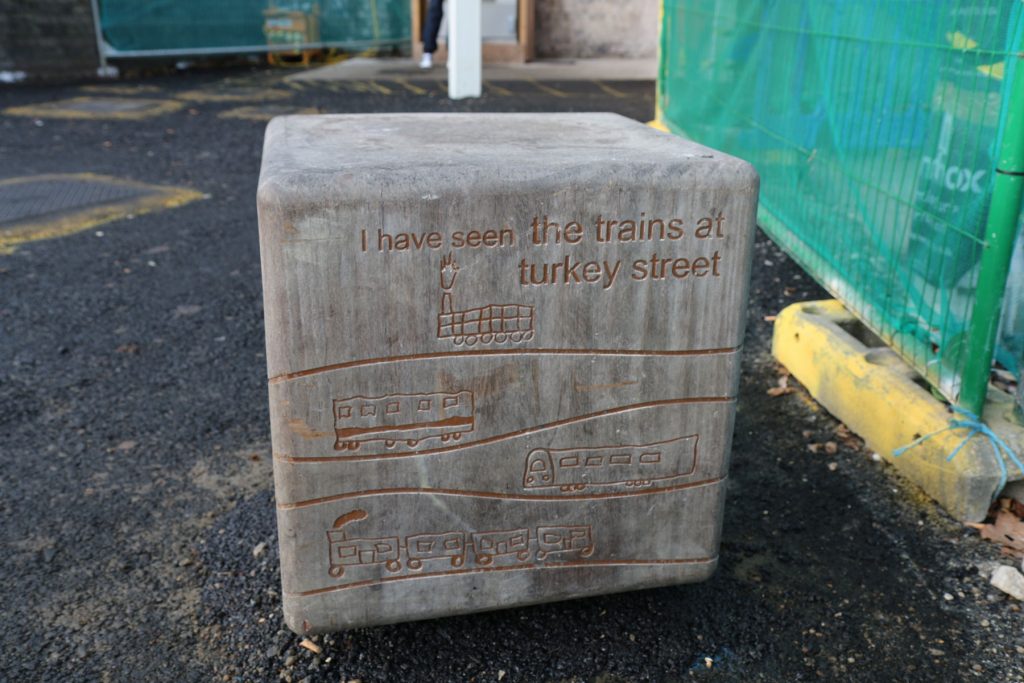






The sign on the bridge reads Forty HILL Station, not Hall.
Typo corrected, thanks.
I think you mean London Overground, not Underground.
Great article and interesting read. One minor point. The mansion nearby is Forty Hall. The area that surrounds that house is Forty Hill. So presumably the station was named after the area not the mansion.
Hi Ian
Thanks for the article. I was at this station a couple of years ago as it is just a 15 minute walk from Myddleton House and Gardens, the home of A E Bowles the famous plantsman. Interesting museum and of course lovely gardens. Well worth a visit
In your picture of the bridge, the train on it looks more like underground than overground of that era. Do you know what it is?
The steel canopy wasn’t there in the early 90s, I’m sure… More like late 90s it was installed, rather than 80s… I think…
Still no disabled access to platforms. To travel to London I have to go to Enfield Town
Interesting read, although growing up there in the 70s and early 80s I thought it was basiacally a giant toilet / glue sniffing venue. No idea trains actually used it
Very interesting read. Especially around the name which has always puzzled me, now I know
So was the brook called the Tuckey Brook as well?
I used to travel up from Turkey Street to Liverpool Street every morning to go to work in London. I once arrived there – after a 30 minute walk – and could not understand why I was the only one on the platform, there was no ticket-master and no train. It was Saturday……DOH! Missed my lay in GRRRR!
So was the brook called the Tuckey Brook as well?
Have you mixed up your Halls and Hills here? Fifth paragraph. I presume it’s named after the area, not the hall.
It’s good that TfL & London Overground have taken over some of the lines and the stations including Turkey Street in Northeast London. That once was part of Greater Anglia. Before TfL took over the Lea Valley lines in May 2015.
I’m hoping that the new Class 710 trains will soon start coming into service from next year to replace the Class 315 and Class 317 that will see the Class 315 being sent for scrap.
And the Class 317 to be used on Greater Anglia and London Overground to retain 1 Class 315 or Class 317 for the Romford-Upminster branch line service.